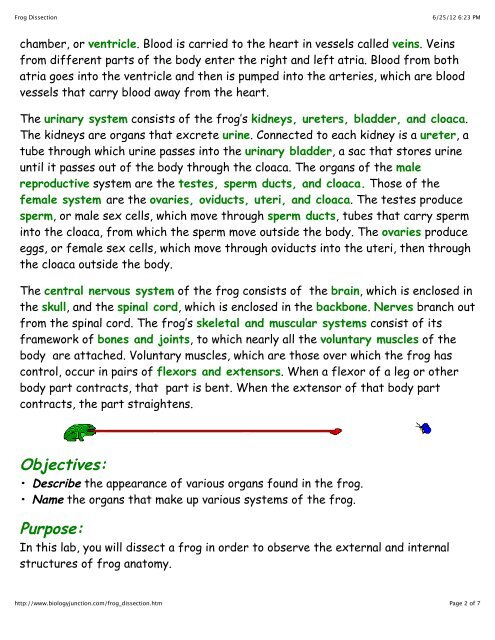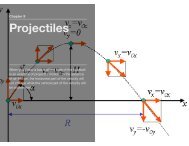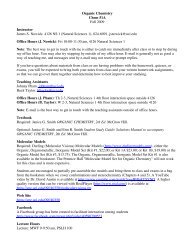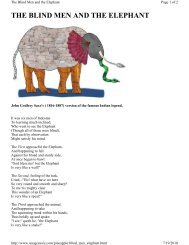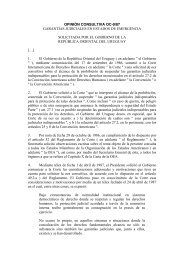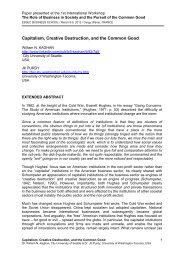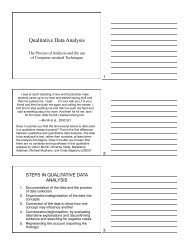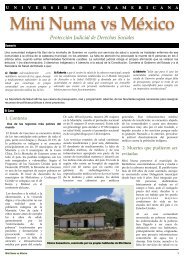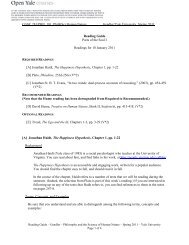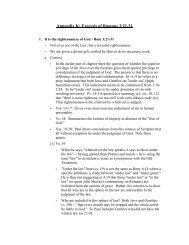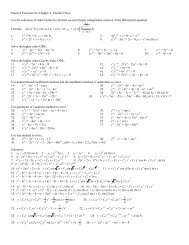Frog Dissection - Apple
Frog Dissection - Apple
Frog Dissection - Apple
Create successful ePaper yourself
Turn your PDF publications into a flip-book with our unique Google optimized e-Paper software.
<strong>Frog</strong> <strong>Dissection</strong><br />
6/25/12 6:23 PM<br />
chamber, or ventricle. Blood is carried to the heart in vessels called veins. Veins<br />
from different parts of the body enter the right and left atria. Blood from both<br />
atria goes into the ventricle and then is pumped into the arteries, which are blood<br />
vessels that carry blood away from the heart.<br />
The urinary system consists of the frog’s kidneys, ureters, bladder, and cloaca.<br />
The kidneys are organs that excrete urine. Connected to each kidney is a ureter, a<br />
tube through which urine passes into the urinary bladder, a sac that stores urine<br />
until it passes out of the body through the cloaca. The organs of the male<br />
reproductive system are the testes, sperm ducts, and cloaca. Those of the<br />
female system are the ovaries, oviducts, uteri, and cloaca. The testes produce<br />
sperm, or male sex cells, which move through sperm ducts, tubes that carry sperm<br />
into the cloaca, from which the sperm move outside the body. The ovaries produce<br />
eggs, or female sex cells, which move through oviducts into the uteri, then through<br />
the cloaca outside the body.<br />
The central nervous system of the frog consists of the brain, which is enclosed in<br />
the skull, and the spinal cord, which is enclosed in the backbone. Nerves branch out<br />
from the spinal cord. The frog’s skeletal and muscular systems consist of its<br />
framework of bones and joints, to which nearly all the voluntary muscles of the<br />
body are attached. Voluntary muscles, which are those over which the frog has<br />
control, occur in pairs of flexors and extensors. When a flexor of a leg or other<br />
body part contracts, that part is bent. When the extensor of that body part<br />
contracts, the part straightens.<br />
Objectives:<br />
• Describe the appearance of various organs found in the frog.<br />
• Name the organs that make up various systems of the frog.<br />
Purpose:<br />
In this lab, you will dissect a frog in order to observe the external and internal<br />
structures of frog anatomy.<br />
http://www.biologyjunction.com/frog_dissection.htm<br />
Page 2 of 7


